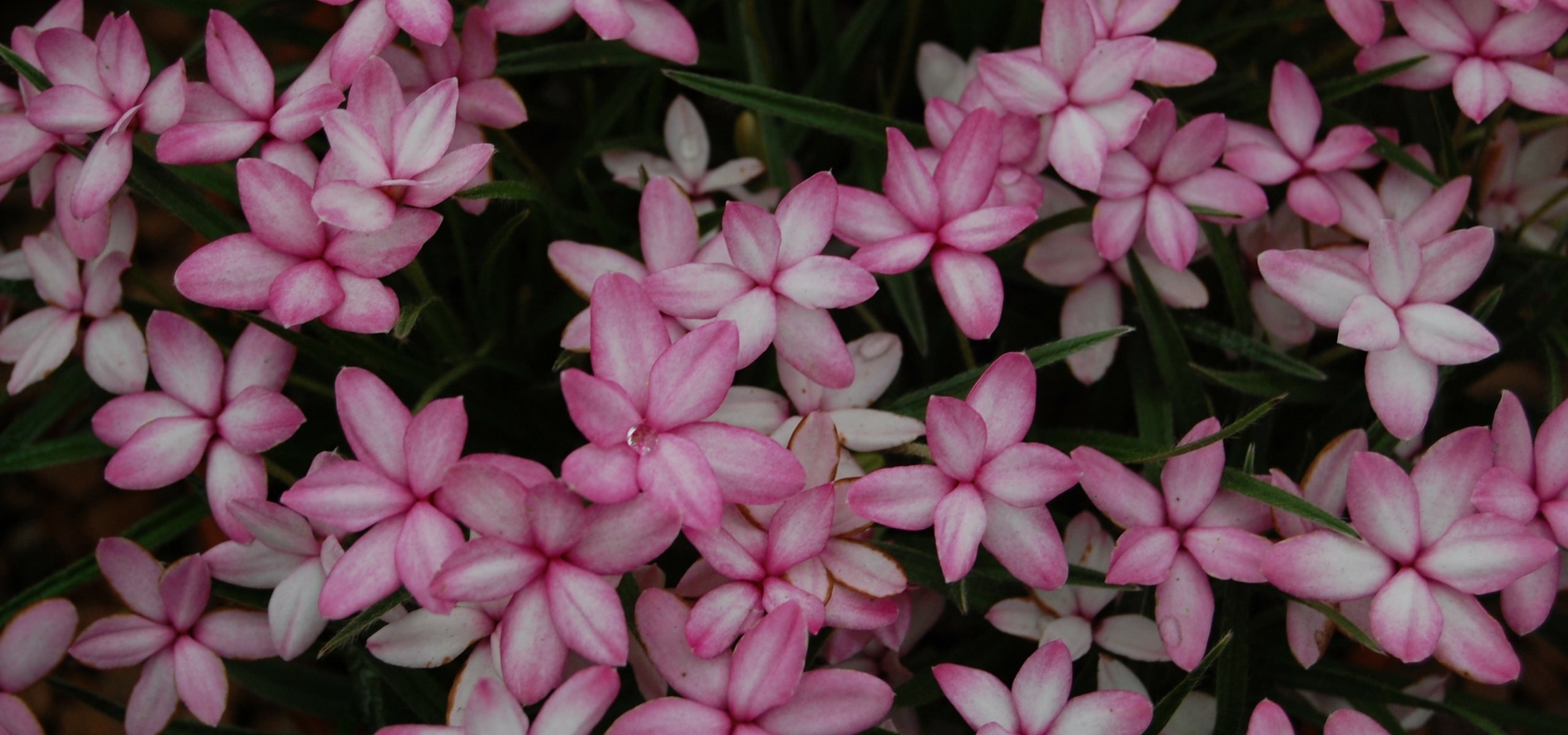
Planting Rhodohypoxis
Where, when, and how?
Contents
Rhodohypoxis is a small perennial plant native to South Africa, often grown for its delicate and colourful flowering. These small “bulbous” plants form a tuft of green lanceolate leaves from which floral spikes develop from June to August. Frost-sensitive, pot cultivation is preferable in regions where winters are harsh and damp. Its flowers, typically pink, white, or red, add a touch of elegance to gardens and balconies. It is a small plant, perfect for borders, rockeries, or even in pots. Let’s discover how and where to plant them?
When to plant Rhodohypoxis?
The ideal time to plant Rhodohypoxis is in spring, once all risk of frost has passed, usually between March and May. It is during this period that the soil begins to warm up, thus promoting the plant’s recovery.
Where to plant rhodohypoxis?
Rhodohypoxis thrive in sunny locations in rockeries or along borders, but can also tolerate light shade. To successfully cultivate them, it is essential to recreate conditions close to their natural habitat.
- Exposure: sun or partial shade.
- Soil: they prefer well-drained soils rich in organic matter. A slightly acidic to neutral soil is ideal. If your soil is heavy or clayey, improve drainage with sand or gravel.
Discover other Rhodohypoxis
View all →Available in 0 sizes
Available in 0 sizes
Available in 1 sizes
Available in 2 sizes
Available in 2 sizes
Available in 1 sizes
Available in 1 sizes
Available in 1 sizes
Available in 2 sizes
Available in 1 sizes
How to plant rhodohypoxis?
In open ground
- Soil preparation : work the soil to a depth of 15 to 20 cm, removing stones and weeds. Incorporate compost or organic fertiliser to enrich the soil.
- Planting bulbs : Rhodohypoxis come in the form of small rootstocks or bulbs. Plant them at a depth of about 3 to 5 cm, leaving a space of 10 to 15 cm between each bulb to allow for their development.
- Watering : water immediately after planting to thoroughly moisten the soil. Afterwards, ensure the soil remains slightly moist, but avoid excess water that could lead to the rotting of the rootstocks.
- Protection against cold : in regions with harsh winters, protect your Rhodohypoxis with a thick mulch or, ideally, dig up the rootstocks to winter them in a dry, frost-free place.
Pascal’s advice : for colourful flowerbeds, plant several varieties of Rhodohypoxis, playing with shades of pink, white, and red. Finally, combine Rhodohypoxis with other rock garden plants such as saxifrages or sedums. However, Rhodohypoxis also pairs well with low grasses or silver-leaved plants like santolina for a lovely contrast.
In a pot
Rhodohypoxis is very well suited to pot cultivation, allowing for better control of moisture and drainage. They look stunning in pots or bowls, planted in groups of 5 or 10.
- Choice of pot : choose a pot with good drainage (holes in the bottom).
- Substrate : use a mix of horticultural soil, sand, and gravel for optimal drainage.
- Planting : plant the rootstocks 3 cm deep, maintaining the same spacing as for open ground (10 cm).
- Watering : water moderately and ensure that water drains well through the pot.
Please note : these flowers are sensitive to cold winters with stagnant moisture. You should consider bringing the bulbs indoors before frost; they will spend the winter dry and protected from frost in dry turf, preferably.
Common Issues
- Rootstock rot: this problem often occurs in case of excess water or poor drainage. Ensure that the soil remains light and well-aerated.
- Diseases: Rhodohypoxis is relatively resistant to diseases, but it can be susceptible to attacks from slugs and snails, especially at the beginning of growth.
Care of Rhodohypoxis
The Rhodohypoxis offer a spectacular flowering, typically from May to August, with delicate and colourful flowers that brighten up gardens and balconies. During this period, it is essential to properly care for the plant to ensure abundant and lasting flowering.
Care during flowering
To encourage beautiful flowering, especially in pots or containers, it is recommended to provide a liquid fertiliser for flowering plants every two to three weeks. This allows the plant to draw the necessary nutrients to produce richly coloured and voluminous flowers.
Vegetative rest after flowering
After the flowering period, Rhodohypoxis enter into vegetative rest. At this stage, it is important to reduce watering to avoid excess moisture. Also, allow the leaves to dry naturally before cutting them. This process enables the plant to replenish its nutrient reserves for a good start in the following season.
- Subscribe!
- Contents































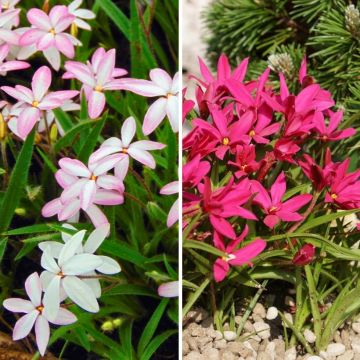
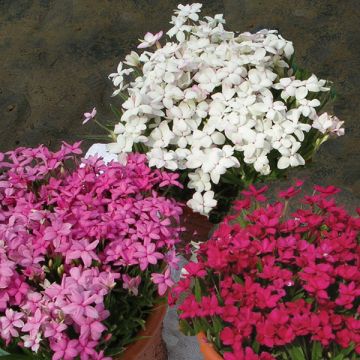
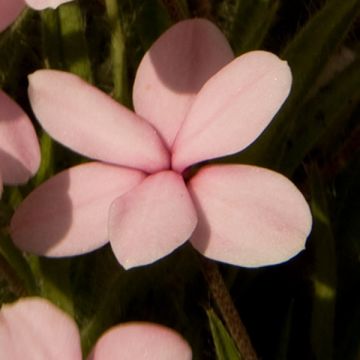
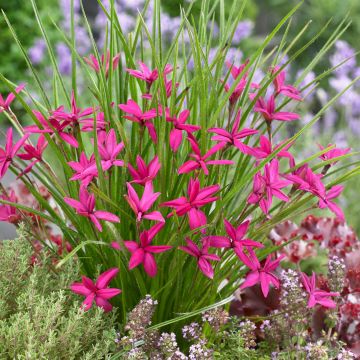

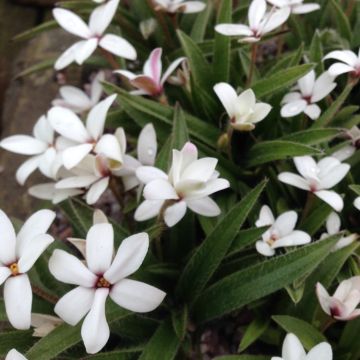
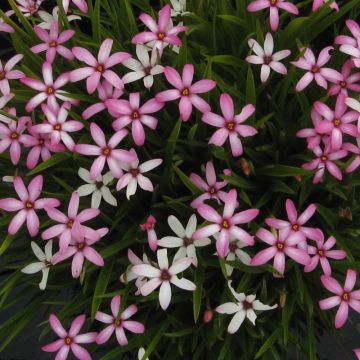
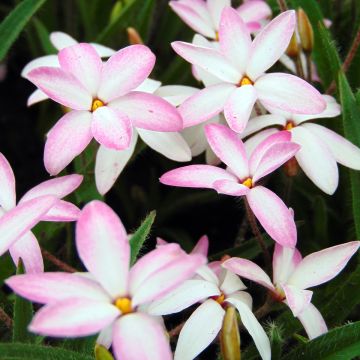

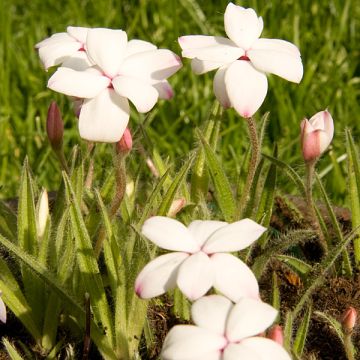
Comments